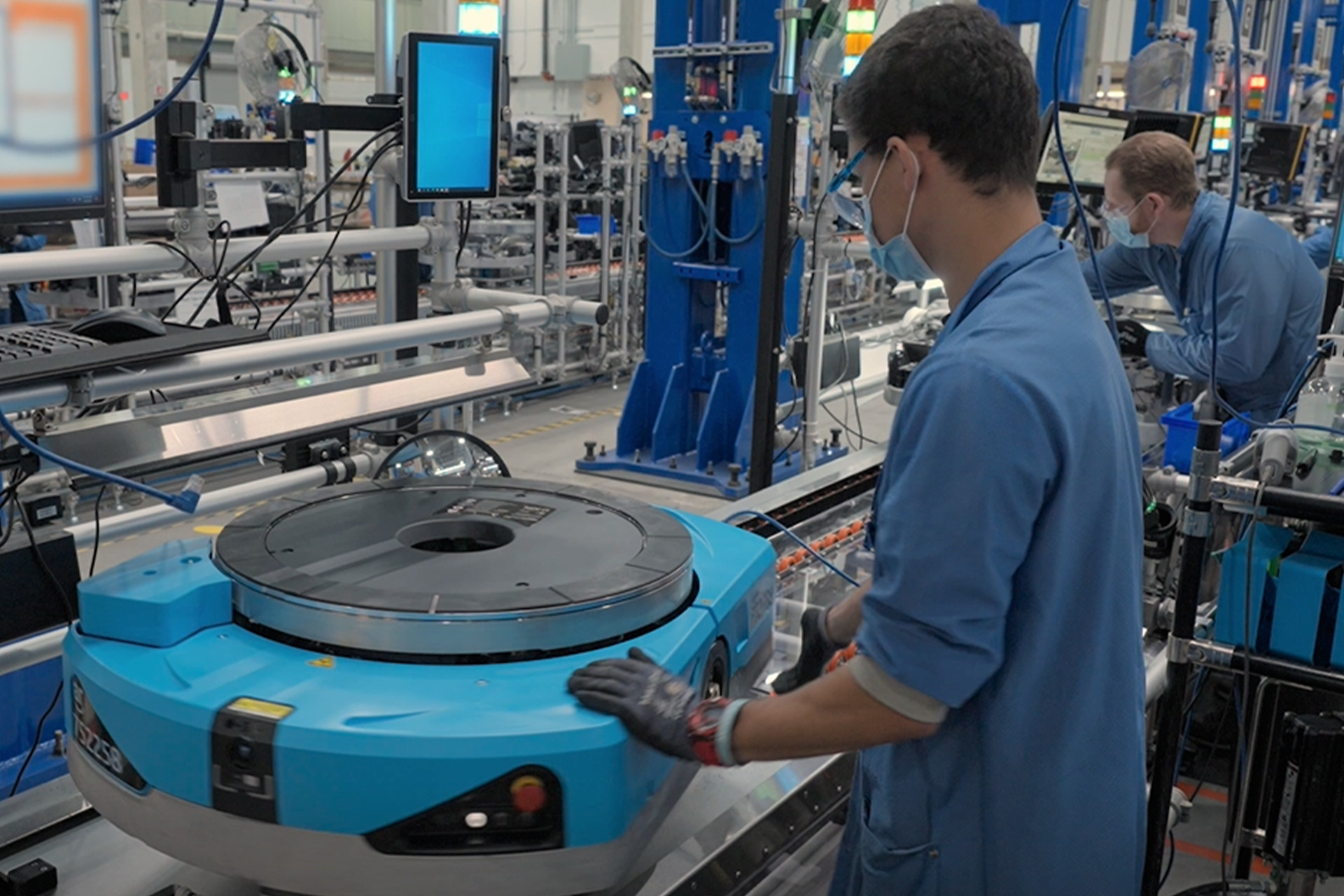Growth in the manufacturing sector economy grew at a slightly slower pace in January, but the overall U.S. economy achieved its 20th consecutive month of growth, according to the latest Manufacturing Institute for Supply Management Report On Business.
The report, issued by Timothy Fiore, chair of the ISM Manufacturing Business Survey Committee, noted that the January Manufacturing Purchasing Manager Index registered 57.6%, down 1.2 percentage points from the seasonally adjusted December reading of 58.8% but above the 50% dividing point between growth and retraction.
Fiore pointed out:
”The New Orders Index registered 57.9%, down 3.1 percentage points compared to the seasonally adjusted December reading of 61%. The Production Index registered 57.8%, a decrease of 1.6 percentage points compared to the seasonally adjusted December reading of 59.4%. The Prices Index registered 76.1%, up 7.9 percentage points compared to the December figure of 68.2%. The Backlog of Orders Index registered 56.4%, 6.4 percentage points lower than the December reading of 62.8%. The Employment Index registered 54.5%, 0.6 percentage point higher compared to the seasonally adjusted December reading of 53.9%. The Supplier Deliveries Index registered 64.6%, down 0.3 percentage point from the December figure of 64.9%. The Inventories Index registered 53.2%, 1.4 percentage points lower than the seasonally adjusted December reading of 54.6%. The New Export Orders Index registered 53.7%, up 0.1 percentage point compared to the December reading of 53.6%. The Imports Index registered 55.1%, a 1.3-percentage point increase from the December reading of 53.8%.
“The U.S. manufacturing sector remains in a demand-driven, supply chain-constrained environment, but January was the third straight month with indications of improvements in labor resources and supplier delivery performance. Still, there were shortages of critical intermediate materials, difficulties in transporting products and lack of direct labor on factory floors due to the COVID-19 Omicron variant. Quits rate and early retirements hinder reliable consumption. Panel sentiment remains strongly optimistic, with seven positive growth comments for every cautious comment, up from December’s ratio of 6-to-1. Demand expanded, with the New Orders Index slowing but remaining in strong growth territory, supported by continued expansion of new export orders, Customers’ Inventories Index remaining at a very low level and Backlog of Orders Index slowing but settling at more normal growth levels.
Consumption, measured by the Production and Employment indexes, grew during the period, though at a slower rate, with a combined negative 1-percentage point change to the Manufacturing PMI calculation. The Employment Index expanded for a fifth straight month, with signs that ability to hire continues to improve, though somewhat offset by continued challenges of turnover, quits and retirements, and resulting backfilling. Limited expansion strength in production in January, primarily due to absenteeism rates as a result of Omicron, was the biggest reason PMI growth was held back. Inputs — expressed as supplier deliveries, inventories and imports — continued to constrain production expansion, but there are clear indications of improved delivery performance. The Supplier Deliveries Index again slowed while the Inventories Index expanded, both at a slower rate. In January, the Prices Index increased for the 20th consecutive month, at a faster rate, an increase of 7.9 percentage points, compared to December, indicating that supplier pricing power continues to rise.”
Machinery, Food, Beverage & Tobacco Products, Transportation Equipment, Computer & Electronic Products, Chemical Products, and Petroleum & Coal Products, the six biggest manufacturing industries, registered moderate to strong growth in January.
The 14 manufacturing industries reporting growth in January, in order, were: Apparel, Leather & Allied Products, Furniture & Related Products, Miscellaneous Manufacturing, Nonmetallic Mineral Products, Machinery, Electrical Equipment, Appliances & Components, Food, Beverage & Tobacco Products, Transportation Equipment, Primary Metals, Fabricated Metal Products, Computer & Electronic Products, Chemical Products, Petroleum & Coal Products, and Plastics & Rubber Products. The only industry reporting contraction in January compared to December was Paper Products, according to ISM.





